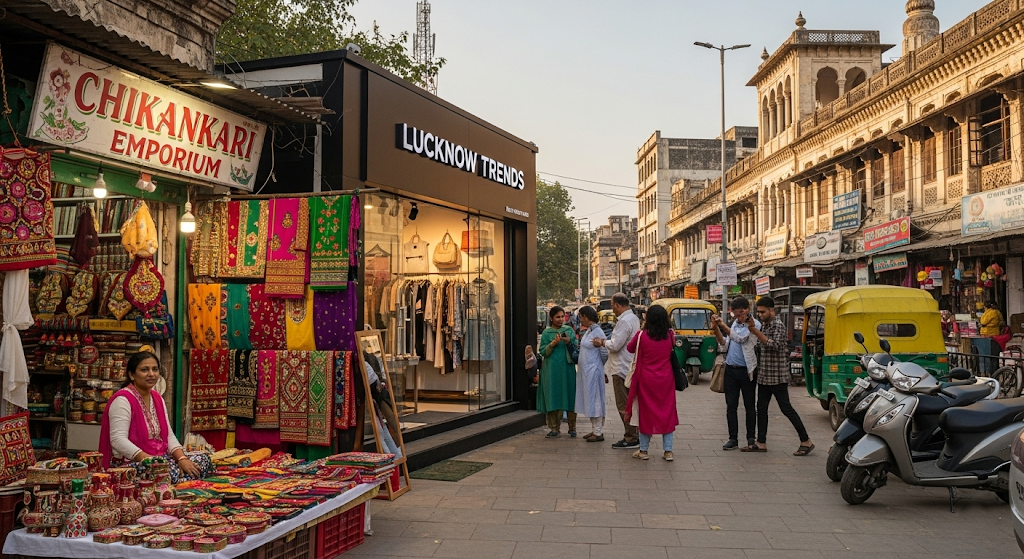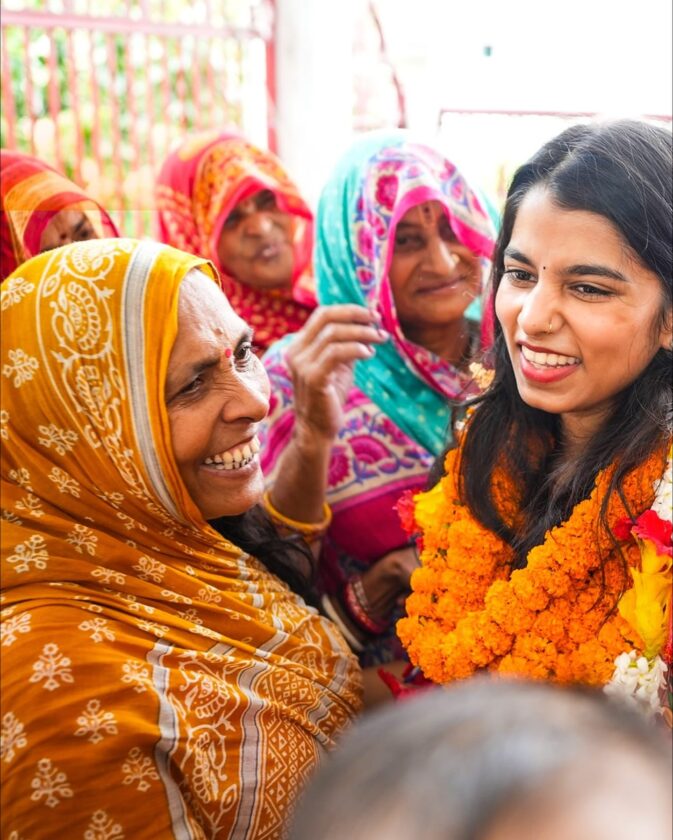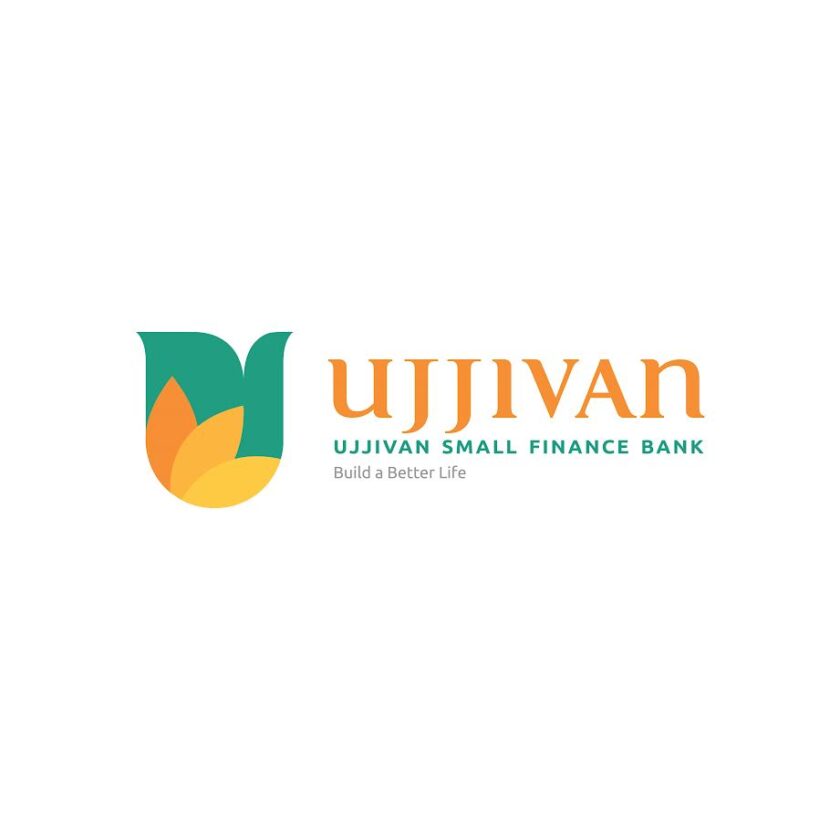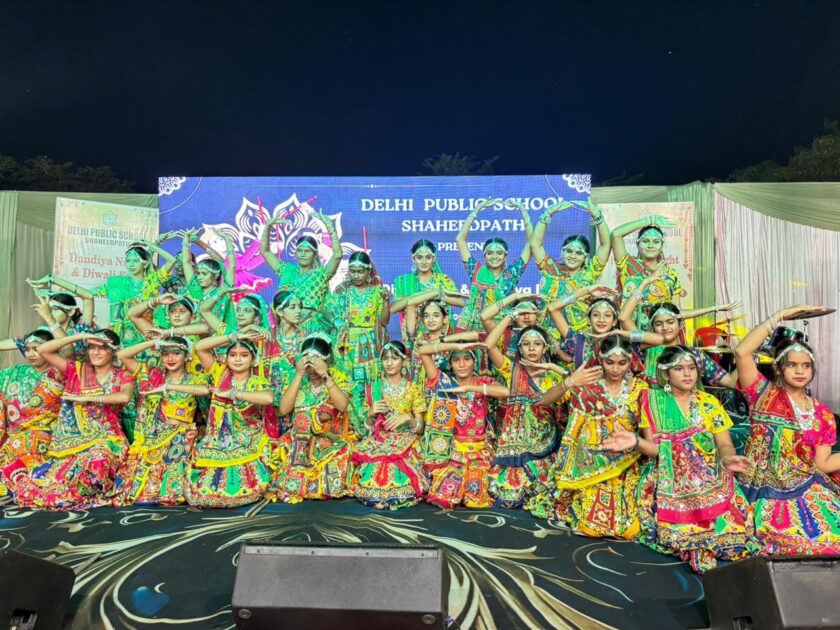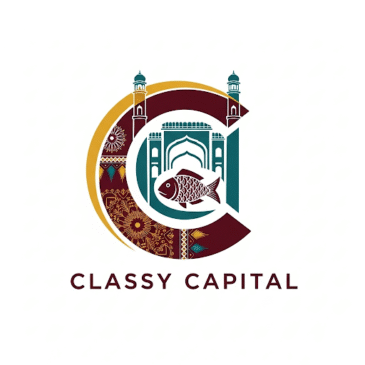 Lucknow: Lucknow, the capital of Uttar Pradesh, is often described as the “City of Nawabs.” A city where tehzeeb (etiquette), heritage, and handicrafts walk hand in hand with shopping malls, multiplexes, and IT hubs. For more than two centuries, its bustling markets have mirrored the city’s evolution—from the Nawabi grandeur of handcrafted bazaars to the polished glass-fronts of modern business districts.
Lucknow: Lucknow, the capital of Uttar Pradesh, is often described as the “City of Nawabs.” A city where tehzeeb (etiquette), heritage, and handicrafts walk hand in hand with shopping malls, multiplexes, and IT hubs. For more than two centuries, its bustling markets have mirrored the city’s evolution—from the Nawabi grandeur of handcrafted bazaars to the polished glass-fronts of modern business districts.
What makes Lucknow’s shopping culture so fascinating is that it isn’t just about commerce—it’s about identity, memory, and community. From the narrow alleys of Chowk, alive with the fragrance of kebabs and the shimmer of Zardozi embroidery, to the air-conditioned corridors of Phoenix Palassio, Lucknow’s retail journey reflects resilience, adaptation, and continuity.
The Nawabi Era: Birth of the Bazaars (1775–1857)
Lucknow’s transformation into a commercial powerhouse began in 1775 when Nawab Asaf-ud-Daula shifted the capital of Awadh from Faizabad to Lucknow. With this move, the city entered its golden age, flourishing in art, culture, architecture, and trade.
The Nawabs were patrons of refinement, and they envisioned marketplaces not just as sites of commerce but as cultural arenas. Two names became synonymous with Lucknow’s identity—Chowk and Aminabad.
-
Chowk: Situated near the Bara Imambara, Chowk grew into the beating heart of Lucknow’s trade. Famous for its Chikankari embroidery—a delicate craft introduced by the Mughals—it became a paradise for connoisseurs of handmade textiles. The air was filled with the scent of attars, the gleam of meenakari jewelry, and the chatter of artisans. During Ramadan, the lanes came alive with kebabs, biryani, and nihari, making shopping inseparable from culinary indulgence.
-
Aminabad: Emerging slightly later in the 1840s under Aminuddaulah, this bazaar was an enclosed square with four grand gates. Here, shoppers found luxurious dupattas, wedding trousseaus, and regal footwear. Aminabad also became home to the street food legends of Lucknow—chat stalls like Kalika and biryani joints like Wahid’s still draw loyal crowds.
Both bazaars embodied the Nawabi spirit—elegant, extravagant, and communal. Shopping was an event, a social affair, an exchange of culture as much as goods. Artisans worked closely with customers, often crafting bespoke pieces for aristocrats and commoners alike.
The Colonial Era: Structure Meets Sophistication (1857–1947)
The annexation of Awadh by the British in 1856 changed the city forever. With Wajid Ali Shah exiled to Calcutta and British officials taking charge, Lucknow’s markets had to adapt.
The colonial government introduced order and planning. The most striking transformation came in Hazratganj.
Originally laid out in 1827, Hazratganj took on its modern shape in the mid-19th century under Nawab Amjad Ali Shah, and later under British influence, it became Lucknow’s equivalent of London’s Piccadilly. Wide boulevards, Victorian façades, fountains, and benches replaced the organic chaos of traditional bazaars.
Hazratganj was about elegance and exclusivity. Imported goods from Japan and Belgium lined shop windows. Tailors, bookstores, and cafés flourished. Bargaining gave way to fixed prices, reflecting a shift toward modern retail practices. Over time, shops like Seva Chikan and Janpath kept the city’s textile legacy alive while embracing new consumer trends.
Meanwhile, other traditional markets adapted:
-
Nakhas became famous for Zardozi, wooden crafts, and even pet trading.
-
Yahiyaganj turned into a wholesale spice and utility hub.
These markets reflected a hybrid identity—part Nawabi charm, part colonial order. By the early 20th century, Lucknow had become a cosmopolitan commercial hub, serving both local artisans and global tastes.
Post-Independence Era: Expanding Horizons (1947–2000)
Independence in 1947 reshaped Lucknow yet again. Now the capital of Uttar Pradesh, the city saw rapid population growth, urban sprawl, and rising aspirations.
New markets emerged to meet demand:

- Alambagh: Known for jewelry, electronics, and fresh produce, it combined tradition with accessibility.
- Bhootnath Market: Named after the temple, it became a favorite for household goods, clothing, and street food, especially for middle-class families.
- Kapoorthala (Pragati Bazaar): Dubbed “mini Hazratganj,” this became the go-to garment district, offering everything from affordable readymades to premium hand-embroidered Chikan and Zardozi outfits.
This period was marked by consumerism and the rise of the middle class. Markets expanded their offerings beyond handicrafts to include electronics, ready-to-wear fashion, and household goods. Street vendors thrived alongside showrooms, ensuring that affordability and accessibility remained central to the shopping experience.
Shopping was still social—families visited markets not only to buy but to eat, chat, and experience the lively buzz. Bargaining continued to define the bazaars, preserving Lucknow’s interactive shopping culture.
The 21st Century: From Bazaars to Business Districts (2000–2025)
The new millennium brought globalization, rising incomes, and technological disruption. Lucknow’s shopping culture changed dramatically, with malls, multiplexes, and e-commerce entering the scene.
The Mall Phenomenon
-
Sahara Ganj (2005): Lucknow’s first mega-mall, located in Hazratganj, it introduced locals to branded retail, food courts, and multiplexes.
-
Phoenix Palassio (2020): One of India’s largest malls, with luxury architecture, international brands, and entertainment zones, it symbolized Lucknow’s leap into global consumer culture.
-
Over the past two decades, Lucknow, the City of Nawabs, has transformed into a modern retail hub, with its shopping malls redefining the city’s commercial landscape while complementing its traditional bazaars. Among the most prominent malls is Lulu Mall, located in Sushant Golf City, which spans an impressive 19 lakh square feet and houses over 300 national and international brands, making it one of India’s largest malls since its opening in 2022. Phoenix Palassio in Gomti Nagar Extension, spread across 13.53 acres, is another landmark, known for its luxurious ambiance, IMAX screen, and high-end stores like Uniqlo and Starbucks, offering a blend of shopping, dining, and entertainment. Sahara Ganj Mall, the first modern mall in Lucknow, opened in 2005 in Hazratganj and covers 5,25,000 square feet, featuring brands like Pantaloons, Big Bazaar, and PVR Cinemas, blending Nawabi charm with contemporary retail. Phoenix United Mall in Alambagh, with over 90 stores and a 16,000-square-foot food court, is a favorite for its mix of brands like Calvin Klein and dining options like KFC. Wave Mall in Gomti Nagar, India’s first “entertainment zone” mall, offers premium brands, a four-screen Wave Cinemas, and dining at McDonald’s and Pizza Hut, with a focus on family-friendly activities. Fun Republic Mall in Gomti Nagar is popular for its Fun Cinemas, gaming arcade, and dining options like Moti Mahal Deluxe, catering to a younger crowd. One Awadh Centre Mall, also in Gomti Nagar, stands out with its eight-screen megaplex and vibrant events, hosting brands like Cinepolis and multicuisine restaurants. Singapore Mall in Gomti Nagar, the city’s first theme-based mall, features Italian flooring, a 4K HD theater, and stores like Westside, appealing to budget-conscious shoppers. Umrao Mall in Mahanagar offers fine dining and multiplexes, while Riverside Mall, near Taj Residency, provides a premium experience with bars and clubs like Molecule. City Mall in Gomti Nagar, with stores like Reliance Trends and Spencer’s, caters to everyday shopping needs, and Crown Mall and Cinepolis Mall add to the city’s diverse retail options, though they are smaller and less crowded. Gardens Galleria and Emerald Mall are emerging destinations, offering boutique shopping and dining experiences. Finally, Habibullah Estate, though not a traditional mall, is a unique colonial-style shopping destination in Hazratganj, housing brands like Ritu Kumar and Cherry Tree bakery. Together, these malls have transformed Lucknow into a shopper’s paradise, blending modern retail with the city’s rich cultural heritage.
These malls redefined shopping as leisure. Air-conditioning, fixed prices, and branded stores contrasted sharply with the bargaining and open-air vibrancy of Chowk or Aminabad. For the youth, malls became aspirational spaces.
Hazratganj Reimagined
Even as malls rose, Hazratganj reinvented itself. It modernized shopfronts, added branded outlets like Fabindia and Tanishq, and embraced events like the monthly Ganj Carnival, which showcases artisans, performers, and street vendors. “Ganjing”—strolling through Hazratganj in the evening—remains a timeless tradition.
Emerging Hotspots
- Patrakarpuram (Gomti Nagar): Trendy boutiques, cafés, and bookstores catering to millennials.
- Halwasiya Market: A blend of antique jewelry, casual fashion, and quirky home décor.
- Indira Nagar & Alambagh: Expanding as residential-commercial hubs with diverse shopping streets.
Digital & Social Influence
E-commerce platforms like Amazon and Flipkart have made Chikankari and Zardozi global. Many artisans now run Instagram pages and sell directly online. Influencers showcase “market hauls” from Aminabad or Janpath, drawing younger customers back to street shopping.
Emerging Trends in Lucknow’s Markets
Lucknow’s shopping culture today reflects broader socio-cultural shifts:
- From Local to Global: Shoppers can find both handmade Chikan kurtas and Zara dresses in the same city.
- Shifting Consumer Behavior: Fixed prices dominate malls, but bargaining still thrives in Aminabad and Chowk.
- Heritage Meets Modernity: Artisans adapt designs to modern tastes, offering Chikankari in western silhouettes.
- Food as an Anchor: From Tunday Kebabi in Chowk to modern cafés in Gomti Nagar, food remains inseparable from shopping.
- Sustainability Rising: There’s renewed interest in Khadi, organic fabrics, and slow fashion, aligning with global ethical consumerism.
Challenges Ahead
Despite their vibrancy, traditional markets face stiff challenges:
- Competition from malls and e-commerce.
- Infrastructure woes like lack of parking, narrow lanes, and crowd management in Aminabad and Chowk.
- Declining footfall in some older complexes due to changing consumer preferences.
Yet, resilience defines Lucknow’s markets. Initiatives like government support for artisans, the Ganj Carnival, and digital adaptation are helping bridge tradition and modernity.
A Shopper’s Paradise in Transition
Over 250 years, Lucknow’s street shopping has evolved from the Nawabi-era lanes of Chowk to the high-rises of Phoenix Palassio. And yet, the essence remains unchanged—the spirit of community, craftsmanship, and culture.
Markets like Chowk and Aminabad preserve centuries-old traditions, while Hazratganj and Gomti Nagar showcase modern aspirations. Together, they weave a story of continuity and change, of history and progress.
Lucknow remains, at its heart, a shopper’s paradise—where one can haggle for a handcrafted dupatta, sip Irani chai, and then step into a mall to browse international brands.
It is this blend—of tehzeeb and technology, of Nawabi splendor and modern dynamism—that ensures Lucknow’s markets will continue to thrive for generations to come.


